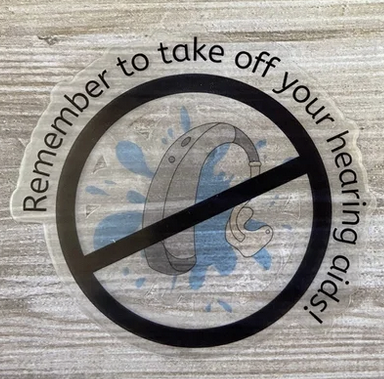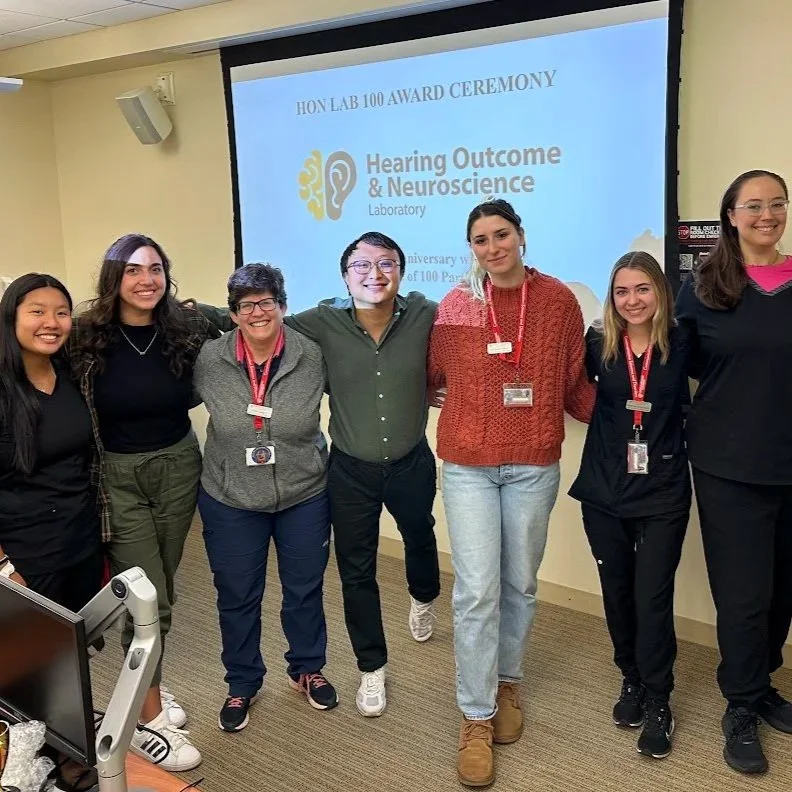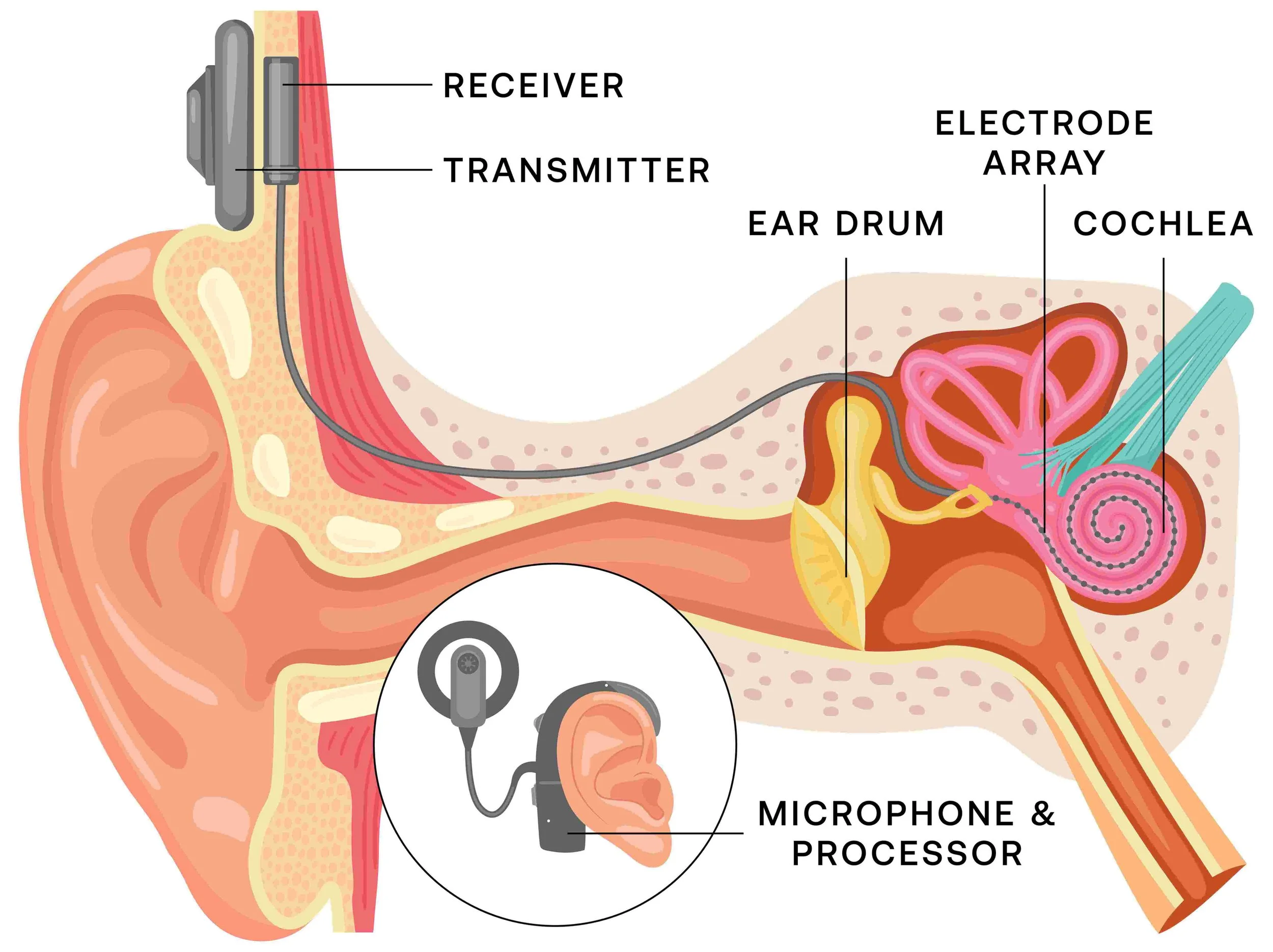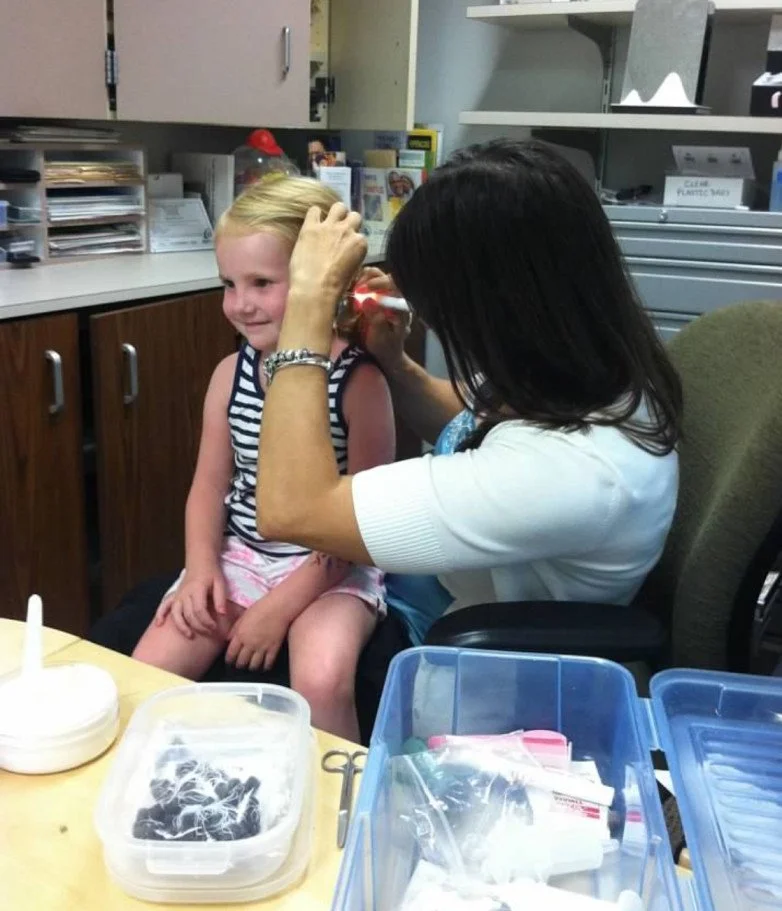Ver pagina en: English | Español
Common myths about hearing loss dispelled, plus communication tips.
Myth: Hearing loss affects only older adults.
Fact: An estimated 48 million people live with hearing loss in the U.S., and about two-thirds are under 65 years old. A 2010 Journal of the American Medical Association study examining a comprehensive data set of the U.S. population found that 1 in 5 children ages 12 to 19 showed some sign of hearing loss in one or both ears. The World Health Organization has warned that 1.1 billion teenagers and young adults are at risk of hearing loss “due to the unsafe use of personal audio devices, including smartphones, and exposure to damaging levels of sound at noisy entertainment venues such as nightclubs, bars, and sporting events.”
Myth: Hearing loss doesn’t affect the rest of my health.
Fact: An untreated hearing loss increases one's risk of experiencing cognitive decline, dementia, falls, social isolation, and depression. It’s theorized that the “cognitive load” on the brain may take away resources the brain uses for other functions—such as short-term memory. Researchers have observed that treating the hearing loss, such as with hearing aids, can reverse or even prevent some of these conditions.
Myth: Hearing aids are like glasses.
Fact: When one puts on a pair of glasses, vision instantly can be corrected to 20/20. This is not true of hearing, as a brain needs time to adjust to the sound coming through the hearing aid. Because of each person’s unique audiogram, with differences in abilities to hear various frequencies, the hearing aid needs to be programmed to the patient’s hearing ability, and the fine-tuning may take repeated trips to the audiologist or hearing healthcare provider. Even the most advanced hearing aids will not restore hearing 100 percent, and may need auditory training to help a brain process sounds. There is no vision training to wear glasses.
Myth: Hearing loss is inevitable, especially with age, and can’t be prevented.
Fact: Hearing loss has many causes, including genetics, certain medications, and exposure to loud noises. Smoking and diabetes can also lead to hearing impairment. Like skin damage from sun exposure, the cumulative effect of today’s loud societies has led to a greater incidence of hearing loss that becomes increasingly apparent over a lifetime—that is, in older adults. Noise exposure is the most preventable cause of hearing loss.
Myth: I don’t need hearing aids since my hearing is mostly fine.
Fact: When you have a hearing loss in some frequencies and not others, it is easier to dismiss it as unimportant. Even a mild hearing loss can adversely affect your cognitive capabilities, work, home, and social life. Fortunately, the brain’s neuroplasticity means that treating hearing loss allows the brain to relearn how to hear. Proper hearing aid use correlates with improved outlook, mood, mobility, independence, communication, and social interaction.
Communication Tips
Hearing loss is invisible. When people aren’t aware of your hearing loss, they may make assumptions and be less willing to make accommodations. But even if someone is aware of your hearing loss, they can still become impatient and frustrated trying to communicate. Here are tips to share with communication partners.
9 Do’s & Don’ts for Talking to People With Hearing Loss
One
Do Face me and make eye contact. Reading your lips helps me fill in missing pieces of conversations.
Don’t Mumble or talk softly, especially in a noisy environment. I can hear you talking, but the background noise makes deciphering what you are saying very difficult.
Two
Do Schedule meetings with fewer people in smaller, quieter quarters with good lighting.
Don’t Put me in a position that will make hearing difficult, like conference calls or group meetings in large rooms with people spread out.
Three
Do Drop me a text message or email for important information. Take advantage of voice recognition to dictate the message if typing it is too time-consuming.
Don’t Expect me to hear you clearly on a cell phone. The microphones pick up too much ambient sound.
Four
Do Try a different word if I still don’t understand what you are referring to. Or repeat the whole sentence.
Don’t Repeat only the word I say I didn’t catch.
Five
Do Ask me what I didn’t understand, and try saying it another way.
Don’t Say “never mind” or “it isn’t important.” If it was important enough to try to talk to me about something, don’t give up in frustration.
Six
Do Position yourself next to the person I am talking to in order to help restate what they are saying. Stand so that I can see your face so I can speech-read if needed.
Don’t Avoid me or talk behind my back to people, telling them I don’t hear. I do hear. I just don’t understand clearly, and I am aware of being dismissed.
Seven
Do Help re-explain what was asked of me if I answer incorrectly.
Don’t Apologize for me to others. I can do that myself.
Eight
Do Speak slowly but naturally. No need to shout.
Don’t Look away with a frustrated or disgusted look. My disability is difficult enough for me. I don’t need it to be reinforced by people’s negative reaction to it.
Nine
Do Smile. Look at me with understanding, not pity.
Don’t Talk to me in short, single-syllable words, like to a child. Thank you.
Icons by Flaticon Creative Commons 3.0.
Adapted from Hearing Health magazine’s Spring 2016 issue.






















During holiday family gatherings, the signs of hearing loss can become especially apparent.